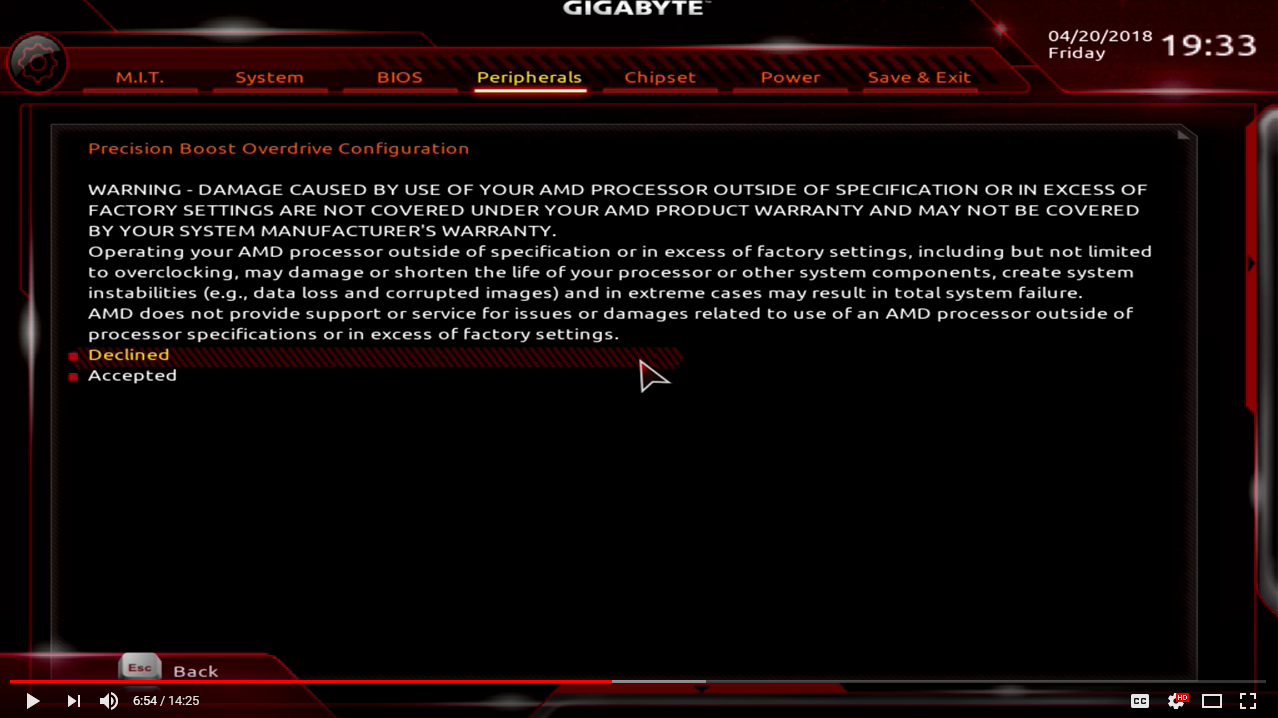Timur Born
Senior member
- Feb 14, 2016
- 300
- 154
- 116
In practice this still is mostly done by CPUs. In Adobe Lightroom you can enable GPU acceleration, but it's (mostly?) only used for preview of the development module (when sliders are moved). And the final output still is CPU rendered and may even differ slightly from the GPU accelerated preview.I've looked into Darktable, but the problem with it is that using CPU for the processing is pretty much pointless.
Tasks like this are up to order of magnitude faster when done on OpenCL capable GPU.
So with CPU based raw/image processing still being the norm it seems like a legit test case. I like the reviews Pugetsystems for these kind of comparisons:
https://www.pugetsystems.com/labs/a...erformance-AMD-Ryzen-2-vs-Intel-8th-Gen-1136/




